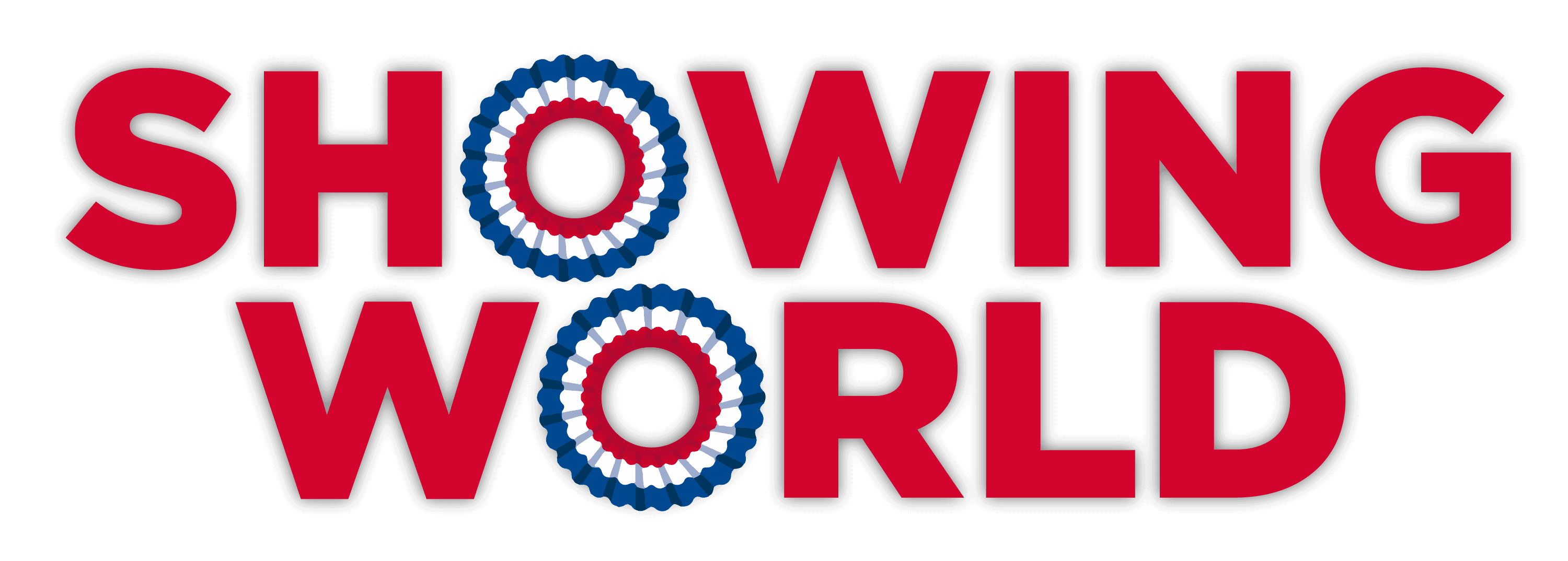We need to act now to help the future of horse riding as we know it.
The biggest threat to equestrianism in the western world; social licence to operate?

Leading vet, Dr Jane Nixon MRCVS, Chair of The Showing Council and British Horse Foundation presented a fascinating and informative webinar titled: ‘The biggest threat to equestrianism in the western world; social licence to operate’, on the 17th March. Supported by SEIB Insurance Brokers, the webinar attracted an audience of over 450 registrants and 306 attendees keen to find out more about this most important of issues.
Following the presentation, a panel of several leading industry figures joined Dr Jane Nixon to answer audience questions. World Horse Welfare Chief Executive, Roly Owers made numerous positive and forward-thinking points, as did the CEO of Beverley Racecourse, Sally Iggulden. Kezia Allen, represented the British Horse Foundation from a scientific research perspective and Chartered Physiotherapist, Elizabeth Beckerlegge, who is exceptionally well versed in the therapeutic benefits horses can provide, completed the panel.
Prior to the webinar, to gauge public opinion, SEIB ran an online poll which asked the general public if they believe horse riding will be socially acceptable in 20 years-time. Out of 622 respondents, 550 – 88.4% – said yes, it will be socially acceptable and 72 – 11.58% – said no, horse riding will not be socially acceptable. 93.8% of respondents were women with the remaining 6.2% men. Most respondents were in England.
The webinar began with another simple poll, asking whether the audience believed horse riding will be socially acceptable in 20 years-time prior to listening to Jane Nixon’s presentation. 82% of respondents stated that yes, they believe horse riding will remain socially acceptable with the remaining 18% answering otherwise. The purpose of this poll was to have a comparison, prior to and following the presentation. Following the presentation, the poll was re-run and the audience asked the same question, there was a sway in the results, with this time just 79% of respondents answering yes and 21% indicating that horse riding will not be socially acceptable in 20 years-time.
Jane Nixon’s presentation firstly looked at what the social licence to operate is and how and why it is so important. The social licence to operate refers to the ongoing level of acceptance of standards and norms within an industry or company by both stakeholders and the general public. With 44 years equine veterinary experience Jane Nixon argued that: “Through globalization horse sport has become exposed to a new and unfamiliar audience who have no prior concept of equestrian cultural traditions and practices. In order for the general public to accept that horse riding remains socially acceptable, we need positive equine images.”
Jane Nixon argued in her presentation that in order to have social acceptance of horse riding, with harmonious images of horses and their riders, we must have horses that are fit for purpose. “To have horses that are physically and mentally fit for purpose, the period of time from conception to two-years-old is absolutely key. A multi-disciplinary approach is essential with foals and young horses, so that any opportunity for harm is avoided by a correct and meticulous approach. We must never be dismissive of those that disagree or don’t understand but always be inclusive and persuasive.”
In the post-presentation question and answer session, fascinating debate ensued around the role of riding schools and the public demand for riding lessons for which there simply is not enough supply. Roly Owers said: “We need to be so mindful of improving the viability of riding schools. Accessibility, diversity and sustainability are big challenges. We must safeguard their future viability.”
Referring to a question indicating that attitudes on horse riding only affect a small section of society, Sally Iggulden said: “Horse sport is under scrutiny, people have an opinion on animal welfare. In the past horses were owned by the wealthy, now they are increasingly accessible and often seen as pets. We need to be clear on what is acceptable.”
The question of members of the public being required to take a test before owning a horse was raised with a mention that this is now law in France. Roly Owers argued that the equine sector in France is highly centralized and so their system is better suited. He warned: “A licence would create a rule that would need to be enforced. It has merit but could be difficult to put into practice.” This led on to a point about requiring tack checks at shows. Jane Nixon pointed out that incorrectly fitting bridles are very detrimental: “Buckles that are too high are at risk of impinging on the jaw joint. Nosebands that are put on high up catching cheek bones. Neither of these things lead to a harmonious picture.”
In answer to a question about training methods, Jane Nixon returned to her fundamental belief that the crucial developmental time in a horse’s life is between conception and two-years-old, she said: “Yes, disciplining the horse is necessary. But we must ensure this is done without any physical or mental harm. Once a learned behaviour is instilled, we must recognise and accept that retraining the horse takes time.” Roly Owers added: “Great advances in horse training have been made in the last 10-15 years. Clicker training is a key one, but it is imperative to respond to the horse very quickly – with an instant reward for the required behaviour.
“We must think about the outward images we are projecting with our horses. It is no wonder people question the efficacy of equestrians when the media projects negative images. We need to tackle these things head on.” Sally Iggulden added: “Education is key, horse sports need some joined up thinking between the participants and the wider public if we are to continue in a positive way.”
SEIB Insurance Brokers Marketing Manager, Nicolina MacKenzie said: “We are delighted to be in a position to support open dialogue about an issue that is crucial to the future of our industry. At SEIB we take pride in supporting and giving something back to the causes and issues that are important to our customers.”
For further information please see: The-biggest-threat-to-equestrianism-in-the-western-world-social-licence-to-operate.pdf (seib.co.uk)
ENDS
For further press information please contact Jenny Viner at jenny@jennyviner.com
More information about SEIB Insurance Brokers:
- Barry Fehler founded SEIB as a 17-year-old in 1963 when the concept of horse insurance was virtually non-existent. He created how own insurance for one of his very successful show horses, found a company to underwrite it, and everything really began from there.
- SEIB has been responsible for introducing many aspects of today’s equestrian and equine cover now taken for granted – including high-value veterinary cover with a ceiling on each incident rather than an annual total; reasonable cost horsebox insurance; cover for the older horse and pony; loss of use and much more.
- SEIB has recently introduced its exciting sports horse cover for competition horses valued at over £10,000.
- The company, often through its ‘hands on’ experience, provides a complete range of insurance for the equestrian enthusiast.
- SEIB has put a great deal back into the horse world through sponsorship and supporting equestrian events and activities
- SEIB have a new product for homes with stables that includes cover for all the extras required when keeping horses
- SEIB provide liability insurance for many equine charities and are very competitive with cover for Freelance Instructors
- SEIB is well known for their insurance for riding schools and livery yards, offering a wide range of cover for different situations and liability with competitive premiums.
- Call for a quote on 01708 850000 or please visit www.seib.co.uk. Or find us on Facebook and Twitter.


